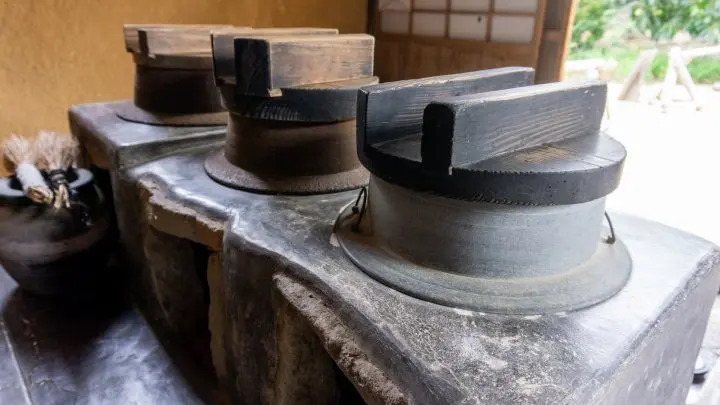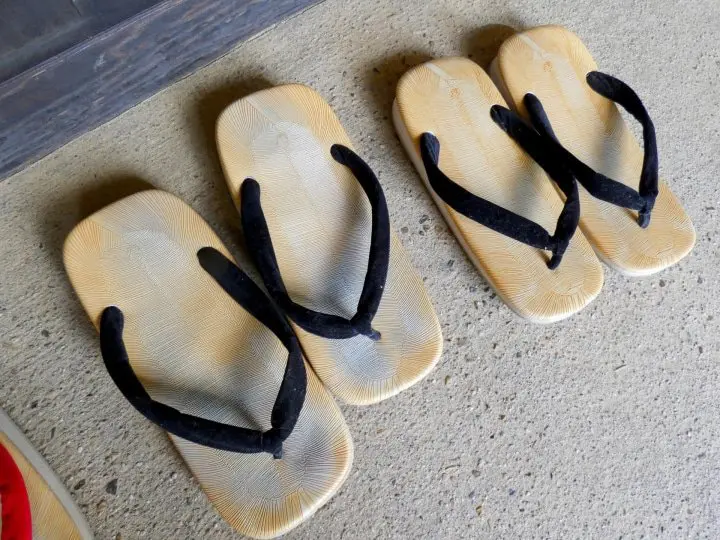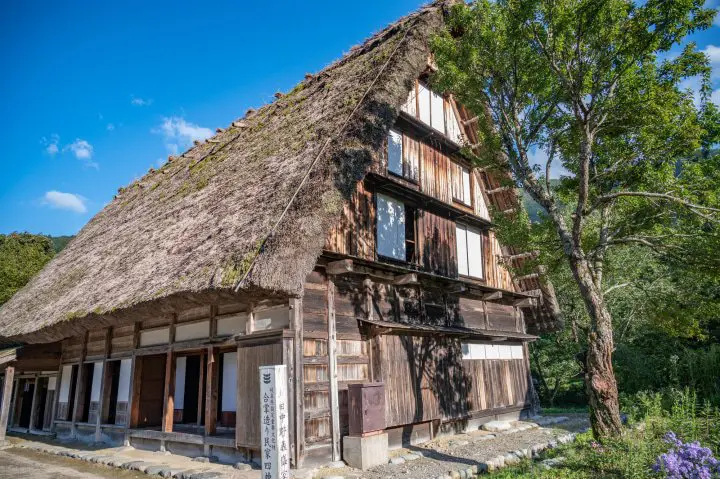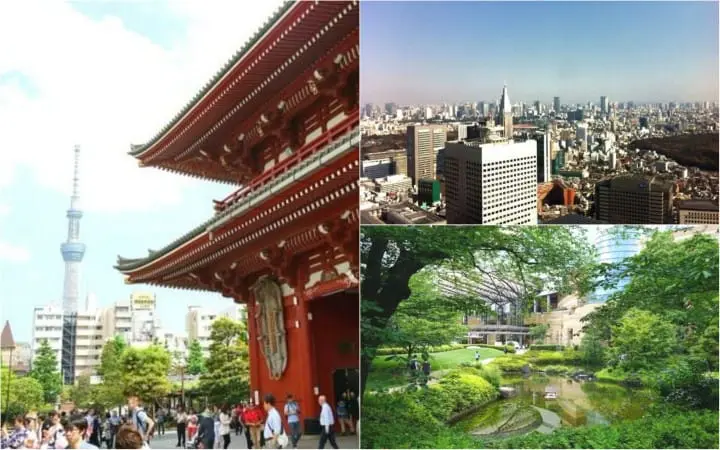Doma (Dirt Floor) - Japanese Encyclopedia

Doma refers to the space between indoors and outdoors in a Japanese house. Used as a workshop, kitchen or storage space, this feature of traditional architecture is both rare and popular in our modern times. Learn more about doma and Japanese architecture.
It's a fact well-known around the world that in Japan it is common sense and good manners to take off your shoes in the house.
It is said that this developed as a result of the weather conditions. It rains a lot in Japan so constantly wearing wet or muddy shoes in the house would leave the house quite dirty. The area where you put on and take off your shoes is the genkan (entranceway) and the space between the genkan and the rest of the house is known as the doma (土間).
While everyone knows what an entranceway is, there are few who have heard of or can explain what exactly a doma is. Let's find out.
Read also
What is Doma?

The Japanese characters used for the word 'doma' mean "dirt place", an area which is mainly found in very traditional Japanese homes. Just as the name indicates, a doma is an area of hard compacted dirt that extends the size of the entrance way. While it refers to being between the indoors and the outdoors, it also has a meaning of "a space that makes the indoors the same as the outdoors".
What Is the Role of Doma?

In the past, heaters known as kamado (*1) were kept here, but wells to draw water from, and cooking were all things that had to be done outside of the house proper. For this reason, the doma was also used as a kitchen. Besides their convenience, the floors in this area wouldn't rot away, could not burn or spread fire - in short they were ideal for disaster prevention.
Doma were also used as workspaces by farmers, fishermen, and carpenters. "If I did this indoors it would get dirty", "if I did this outdoors there might not be enough light or it might rain", both of these problems are canceled out by making the doma your workspace. Furthermore, if garbage or dust gets in this space, it's quite easy to just sweep it away.
*1 Kamado: A clay or earthen device on which pots are placed and a fire lit below them; rather similar to a stone-oven in design.
Where Are Doma Nowadays?

Most houses in Japan now are quite Western in design, meaning that having a house with a doma is exceedingly rare. If you would like to see what a house with a doma is like, you may have to visit an old house or a shop.
However in recent years, there are oddly enough a few modern houses that are bringing back the doma. They are being used as workshops or places to store your bicycles, as they are so useful.
Where Can We See a Doma Floor?

photo by Pixta
Are you wondering where you can see a doma for yourself now?
If you have, then you should plan a trip to Kawasaki city, Kanagawa prefecture where you can visit Nihon minka-en, the Japan Open Air Folk House Museum. This district features old Japanese houses that were built 200-300 years ago; here you can see doma that were used by the former occupants of these houses.
They have guidance in not only English and Japanese here but in several other languages, making it perfect for international guests to learn more about traditional Japanese architecture and lifestyles. Nihon minka-en is at Mukogaoka-yuen Station on the Odakyu line (21 minutes away from Shinjuku) and takes 13 minutes to walk to from the south exit of the station. Please take the time to visit this charming area.
Doma areas were built based on traditional wisdom and making the best of what materials were at hand, revolutionizing Japanese architecture. That is what makes them ideal to understand what life was like for Japanese people in the past.
Read also
This is the official account of MATCHA's editorial department. Our articles feature useful travel information for visitors to Japan, from how-to guides to recommended places to visit.



































![[Coupon Available] Attention Overseas Winter Sports Fans! Nagano's Sports Depot Has Evolved](https://resources.matcha-jp.com/resize/720x2000/2026/01/05-254819.webp)
![[2 hours from Tokyo ] 10 Quiet and Breathtaking Views of Mount Fuji in Yamanashi Hokuto City , Yamanashi - Part 2](https://resources.matcha-jp.com/resize/720x2000/2025/12/16-253037.webp)

![[Reopening in March 2026] Ikoma Sanjo Amusement Park Park, 45 minutes from Osaka , with free admission](https://resources.matcha-jp.com/resize/720x2000/2024/08/28-194409.webp)